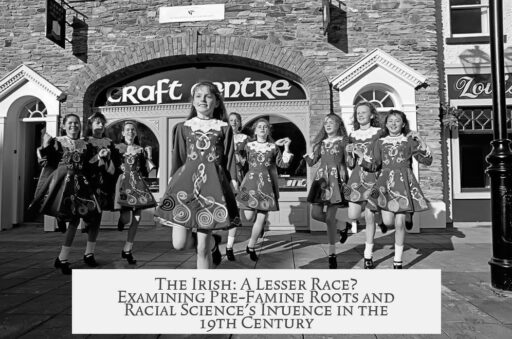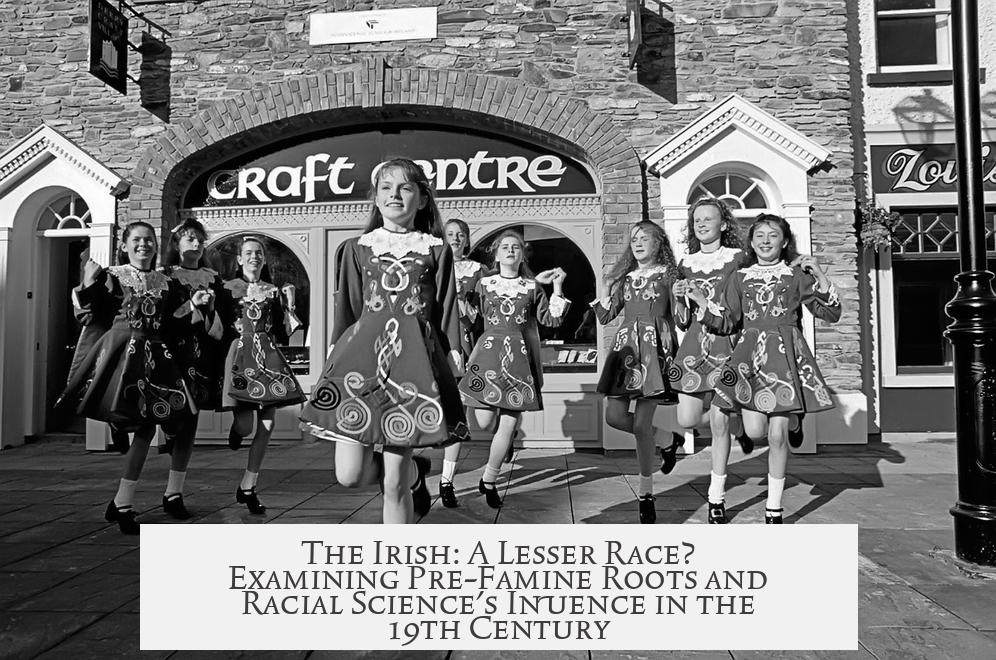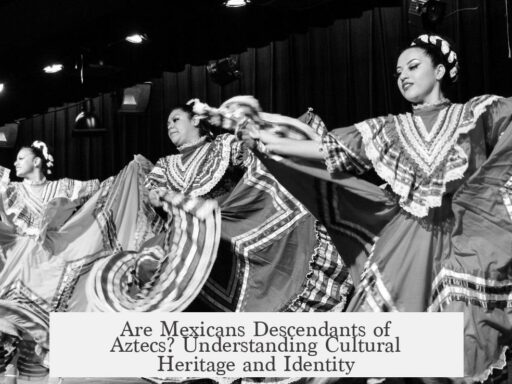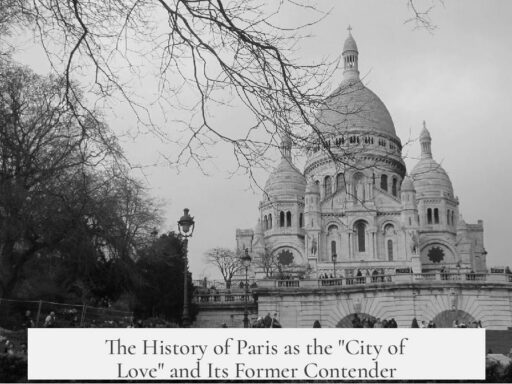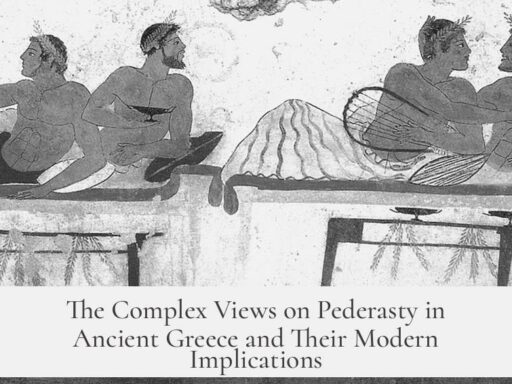The concept of the Irish being a lesser race predates the mid-19th century rise of racial science. Anti-Irish prejudice existed since at least the 12th century, rooted in cultural, religious, and political biases that intensified and took on pseudo-scientific justifications during and after the Great Famine era.
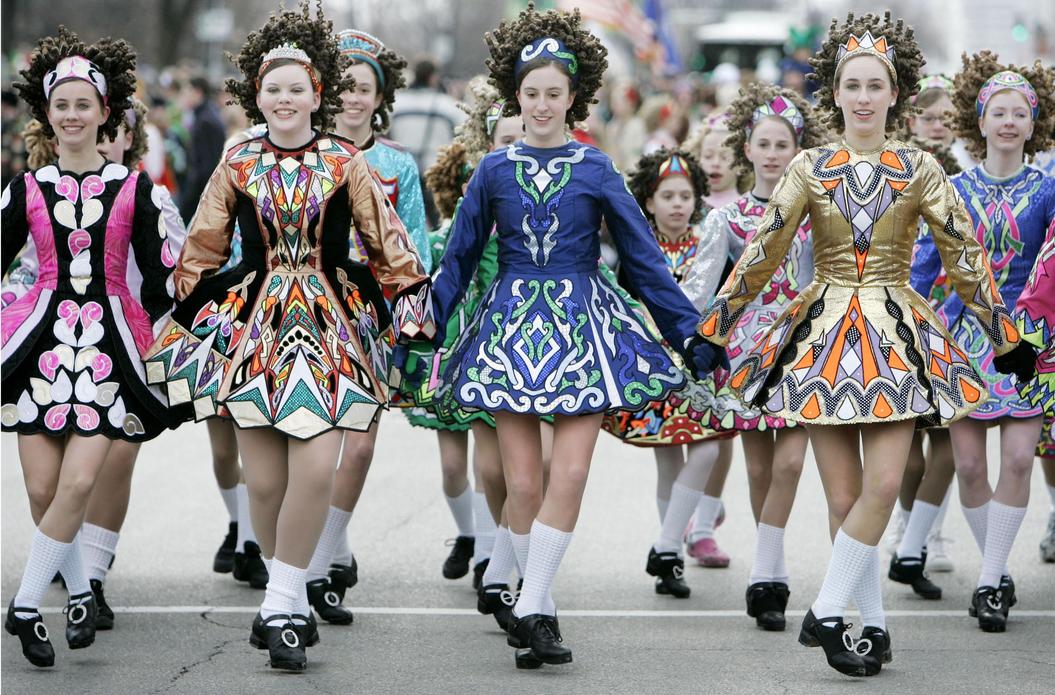
Prejudice against the Irish begins long before the 1800s. Around 1188, Gerald of Wales, a British royal clerk and historian, wrote Topographia Hibernica, one of the earliest detailed accounts of Ireland by a non-Irish observer. He depicted the native Irish as “barbarous,” primitive, and opposed to progress. His descriptions criticized Irish customs, physical appearance, and habits. By framing the Irish as uncivilized, he provided a moral and political justification for English colonization, portraying the Irish as needing to be ruled and “civilized.” This narrative influenced English and European views of Ireland for centuries.
Throughout the early modern period, the characterization of the Irish as barbaric persisted. This term was often used by the English government to define the Irish and other unruly groups as outsiders. It reinforced the belief that the English possessed a superior civilization. Differences in language, dress, and religion heightened this divide. The Irish remained predominantly Catholic while the English ruling class was Protestant. English Protestants viewed Irish Catholics as heathens who required religious as well as cultural reform.

The Cromwellian conquest of Ireland from 1649 to 1653 exemplifies this deeply rooted belief in Irish inferiority. Oliver Cromwell’s brutal military campaign led to widespread massacres, population displacement, famine, and deportation as indentured servants. The phrase “To hell or Connacht,” associated with the 1652 Settlement, illustrates the forced removal of Irish Catholics from fertile lands to harsher regions to make way for English settlers. This campaign reflected the view that the Irish were a dispossessed, subordinate group.
| Period | Key Aspects of Anti-Irish Prejudice | Impact |
|---|---|---|
| 12th Century (Gerald of Wales) | Depicted Irish as barbaric and uncivilized; used to justify colonization | Long-lasting influence on English views of Irish inferiority |
| Early Modern Period | Barbaric label continues; religious and cultural separation; civilizing mission | Justifies English rule and suppression of Irish culture and religion |
| Mid-17th Century (Cromwellian conquest) | Military massacre, dispossession, and forced displacement; racial superiority implied | Massive human cost; entrenches perception of Irish as lesser and unruly |
While the rise of racial science in the mid-19th century gave new pseudo-scientific frameworks to ideas of Irish inferiority, the foundation for these perceptions existed for many centuries. It was during and after the Great Famine that racialized language and imagery became widespread in newspapers and political discourse, further entrenching discriminatory beliefs. However, the notion of the Irish as a lesser race did not begin with racial science; it evolved over hundreds of years.

- Anti-Irish prejudice predates the mid-19th century and racial science.
- Gerald of Wales’s 12th-century writings were foundational in portraying the Irish as barbaric and uncivilized.
- This portrayal justified English colonization and persisted through the early modern period.
- Religious differences reinforced the English-Protestant vs. Irish-Catholic divide.
- Cromwell’s conquest demonstrated clear ideas of English superiority and Irish subjugation.
- Mid-19th century racial science amplified earlier notions but did not originate them.
Was the Concept of the Irish as a Lesser Race Around Before the Mid-19th Century, or Did It Spread After the Famine?
Short answer: The idea that the Irish were a “lesser race” absolutely predated the mid-19th century rise of racial science and became a widespread narrative long before the Famine era began. However, the Victorian obsession with pseudoscience gave these old prejudices a new, “scientific” veneer, helping them spread far and wide.
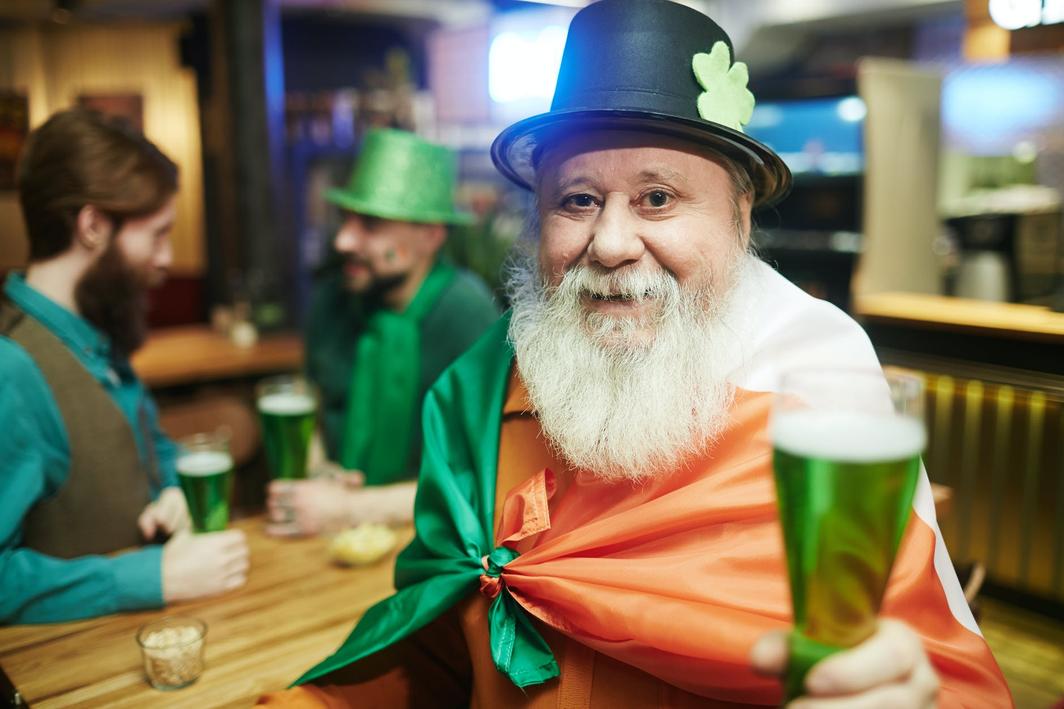
So what’s the real story? Let’s unpack this thorny topic by traveling back in time.
Anti-Irish Sentiment: A Long-Standing Tradition
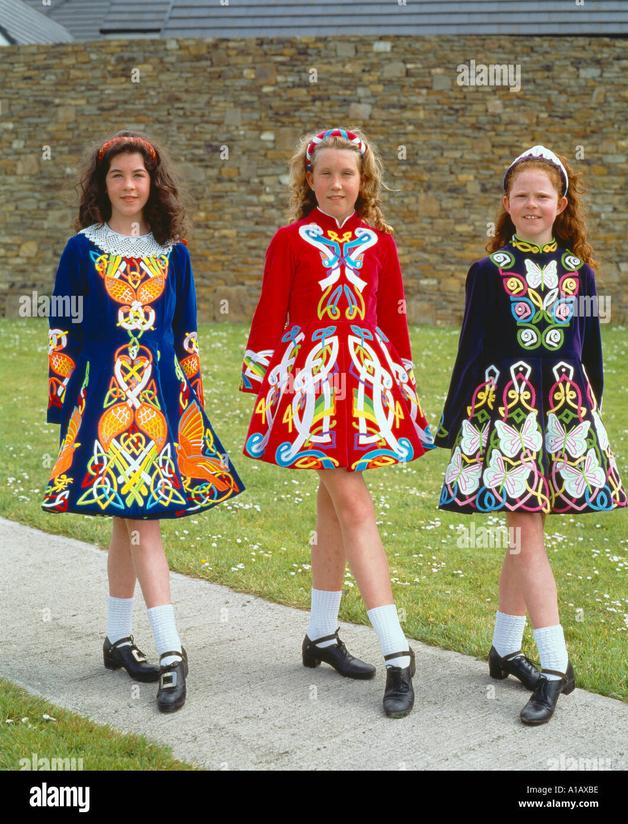
Many people assume that the notion of the Irish being inferior started with the brutal Great Famine (1845-1852). In reality, that belief has roots stretching back to medieval times, over 600 years earlier.
The mid-19th century merely saw an acceleration and reinvention of these prejudices. Before racial “science” took center stage, anti-Irish attitudes were widespread, just framed differently.
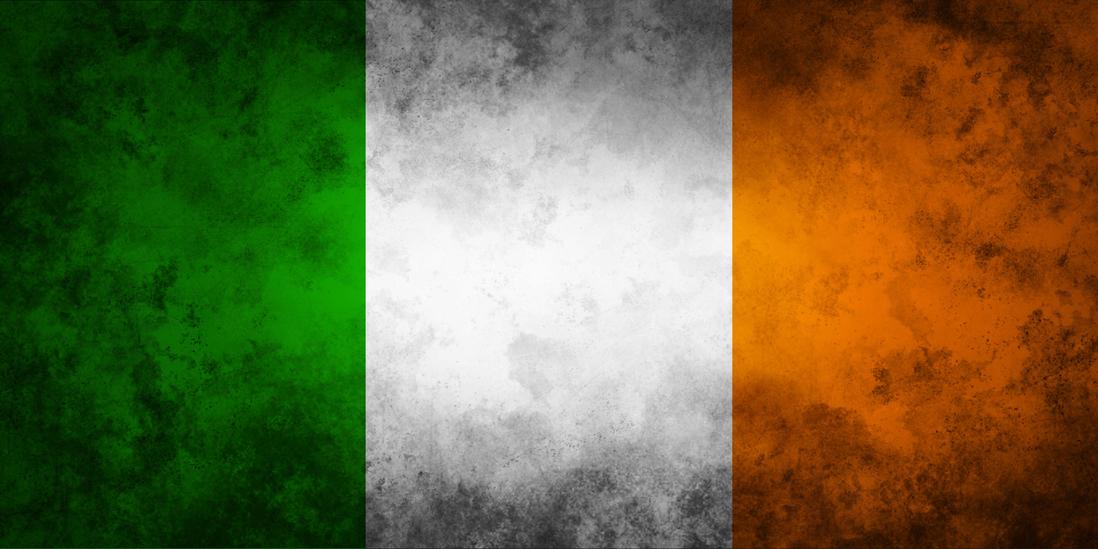
Gerald of Wales: The Original Smear Campaigner
Enter Gerald of Wales, or Giraldus Cambrensis, a British-Norman historian writing in the 1100s. He traveled to Ireland shortly after the Norman invasion and became the first non-Irish writer to describe the island and its people. Unfortunately, his descriptions aren’t exactly glowing.
In his 1188 book Topographia Hibernica, Gerald paints the Irish as “barbarous” and living like “beasts.” He criticizes their customs, dress, and even their physical looks. The takeaway? The Irish weren’t just different—they were less civilized.
Sounds harsh. But Gerald’s work stuck. His descriptions justified England’s colonizing ambitions by portraying the Irish as “uncivilized” and in need of rule and “civilizing.”
Historians widely agree this narrative became the bedrock for centuries of English thinking about Ireland and the Irish. It neither vanished nor softened. Instead, it simmered and intensified over time.
The Early Modern Era: Barbarians in English Eyes
Fast forward a few hundred years. The word “barbaric” still pops up to describe the Irish. It wasn’t unique to them; Scottish Highlanders and unruly folk in English borderlands also earned this label. But calling someone barbaric was a handy way for Southern English officials to mark anyone outside their neat order as unruly and dangerous.
This label again served as justification for English “helping” Irish society become more “civilized.”
Religion also became a big wedge. The Irish remained Catholic while the English became staunchly Protestant. This difference gave English rulers another reason to see the Irish as heathens who needed the guiding hand of Protestantism.
Oliver Cromwell’s War: Violence and Racism Converge
No discussion of England’s sense of superiority is complete without mentioning the Cromwellian conquest of Ireland (1649–1653). This campaign was ruthless, causing mass death and suffering through warfare, famine, and forced exile of thousands of Irish people as indentured servants in the West Indies.
Cromwell’s soldiers were infamous for massacres in towns like Drogheda and Wexford. They saw themselves as a “better” or “superior” people, sanctioned by religion and race to impose harsh rule.
The brutal policy summed up in the phrase “To hell or Connacht” forced many Irish Catholics either to abandon their lands or face dire consequences. This phrase, while debated by historians, encapsulates the horrific forced displacements of the time.
The 19th Century Famine and the Rise of Racial Science
By the time of the Great Famine, anti-Irish ideas were nothing new. What changed was how these ideas were presented. The mid-19th century’s obsession with racial science gave racism a supposed “scientific” legitimacy. Newspapers and pamphlets widely circulated ideas that the Irish were biologically inferior—lazy, drunk, prone to violence.
In reality, these just repackaged centuries-old prejudices with new vocabulary. The famine’s human tragedy got distorted into proof of racial deficiency, fueling policies that worsened suffering.
Wrapping It Up: What Can We Learn?
The notion of the Irish as a “lesser race” stretches back to medieval times. Gerald of Wales first put it in writing, creating a lasting stereotype that justified conquest and oppression. Over centuries, this idea morphed but never vanished.
The 19th century’s racial science did not invent anti-Irish racism; it gave old biases a polished, pseudo-academic coat of paint. The Great Famine era only made these views more widespread and globally known.
So next time someone wonders when this ugly idea began, remember: The story is old—and very grim.
Why Does This Matter Today?
Understanding that anti-Irish prejudice has deep and complicated roots helps us grasp how powerful stereotypes become embedded in culture. It highlights how “science” can be misused to justify cruelty. Recognizing history empowers us to challenge lingering biases and advocate for dignity.
What old stereotypes still echo in today’s discussions about any group? And how can we be more critical of “scientific” claims that rationalize inequality?
History’s lesson is clear: Prejudice isn’t just a product of any one era. It builds over centuries. Awareness—not ignorance—is our best defense.
Did the idea of the Irish being inferior exist before the mid-19th century racial science?
Yes, the belief that the Irish were inferior predates the 19th century. It has roots going back to the 12th century, with early negative views circulating long before racial science emerged.
Who was Gerald of Wales and how did he influence views of the Irish?
Gerald of Wales was a 12th-century British historian who wrote negatively about the Irish. His descriptions portrayed them as barbarous and backward, shaping perceptions in England and Europe for centuries.
How did early anti-Irish prejudice justify English colonization?
By labeling the Irish as uncivilised and barbarous, English writers like Gerald of Wales argued that the Irish needed to be ruled and civilised, creating a moral ground for colonisation and land seizure.
Did the concept of Irish inferiority continue after the medieval period?
Yes, the idea persisted into the early modern period. The Irish were still seen as barbaric and unruly, especially because of cultural, religious, and linguistic differences from the English.
How did the Cromwellian conquest reflect English beliefs in racial superiority?
The conquest involved massacres and forced displacement, showing the English believed themselves superior to the Irish. This brutal campaign depleted the Irish population and reinforced views of the Irish as a lesser people.
